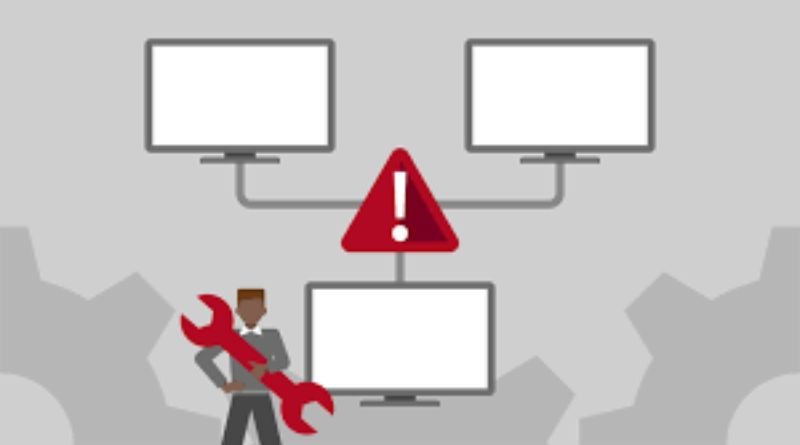Network Troubleshooting : A Comprehensive Guide to Fixing Network Issues
Network troubleshooting is the process of diagnosing and resolving problems with a computer network. Network issues can range from slow internet speeds and dropped connections to more complex issues such as server outages or security breaches. In this article, we’ll explore the basics of network troubleshooting, including common network issues, how to diagnose network problems, and tips for fixing network issues.
Common Network Issues
Network issues can manifest in a variety of ways, but some of the most common issues include:
- Slow Internet Speeds: Slow internet speeds can be caused by a range of factors, including a poor connection to the internet service provider (ISP), a congested network, or outdated network hardware.
- Dropped Connections: Dropped connections can be caused by interference from other devices, distance from the router, or issues with the device’s network adapter.
- Server Outages: Server outages can occur for a variety of reasons, including power outages, hardware failures, or software issues.
- Security Breaches: Security breaches can occur when a network is compromised by a hacker or virus, resulting in unauthorized access to sensitive information.
Diagnosing Network Problems
The first step in network troubleshooting is to diagnose the problem. Here are some common steps for diagnosing network problems:
- Identify the Symptoms: Start by identifying the symptoms of the network issue, such as slow internet speeds, dropped connections, or server outages.
- Check Network Hardware: Check network hardware such as routers, switches, and modems to ensure they are properly connected and functioning correctly.
- Check Network Configuration: Check network configuration settings to ensure they are set up correctly and match the intended configuration.
- Use Network Tools: Network tools such as ping, traceroute, and nslookup can help diagnose network issues by providing information about network connectivity and network performance.
- Analyze Network Traffic: Analyzing network traffic can help identify network issues such as bottlenecks, congestion, and security breaches.
Fixing Network Issues
Once the network issue has been diagnosed, it’s time to fix it. Here are some common tips for fixing network issues:
- Restart Network Hardware: Restarting network hardware such as routers, switches, and modems can often resolve network issues.
- Update Network Hardware: Updating network hardware such as routers and switches can resolve issues related to outdated hardware.
- Update Network Drivers: Updating network drivers can resolve issues related to outdated drivers or compatibility issues.
- Check Network Configuration: Ensure that network configuration settings are correct and match the intended configuration.
- Configure Firewalls: Configuring firewalls can help protect against security breaches by blocking unauthorized access to the network.
- Use Network Monitoring Tools: Network monitoring tools such as Nagios or SolarWinds can help identify network issues in real-time and provide alerts to network administrators the techno tricks.
Tips for Preventing Network Issues
While network issues are inevitable, there are steps that can be taken to prevent them from occurring in the first place. Here are some tips for preventing network issues:
- Regularly Update Network Hardware: Regularly updating network hardware such as routers and switches can help prevent issues related to outdated hardware.
- Monitor Network Traffic: Monitoring network traffic can help identify and prevent network issues such as congestion and security breaches.
- Backup Data Regularly: Regularly backing up data can help prevent data loss in the event of a network outage or security breach.
- Train Employees on Network Security: Providing training to employees on network security best practices can help prevent security breaches caused by human error.
Conclusion
In conclusion, network troubleshooting is an essential skill for network administrators and anyone responsible for managing a computer network. By understanding common network issues, diagnosing network problems, and following tips for fixing and preventing network issues, network administrators can keep their networks running smoothly and efficiently. However, it’s important to keep in mind that network issues can be complex and may require the assistance of an experienced network technician. By staying proactive and taking steps to prevent network issues, network administrators can help ensure that their networks remain secure and reliable thetechnotricks.









